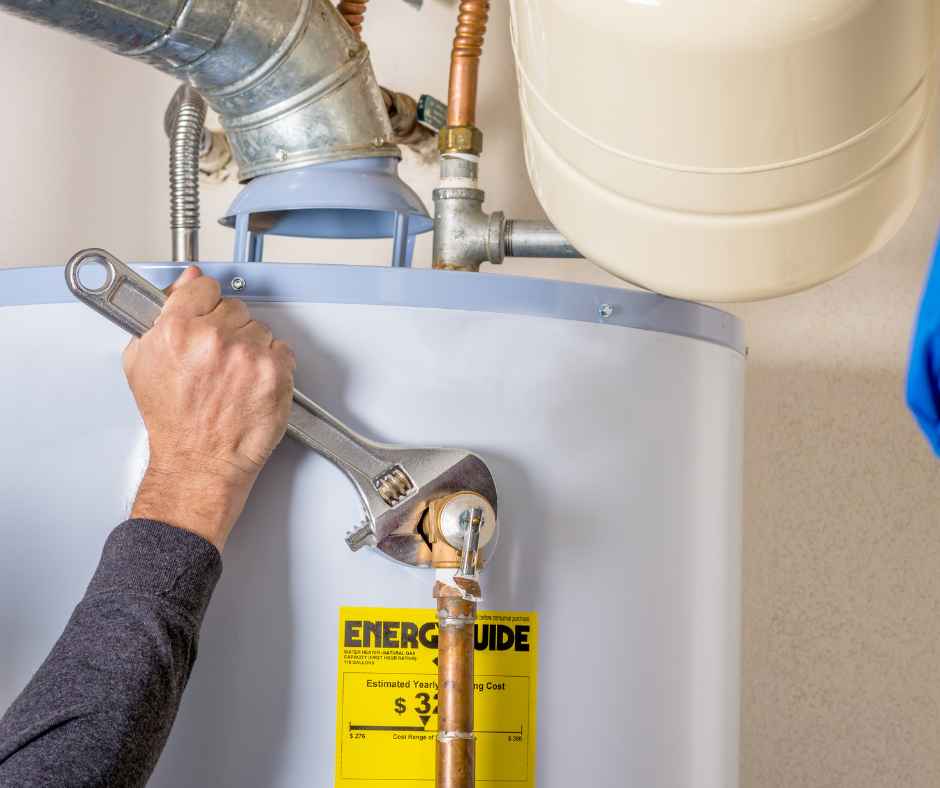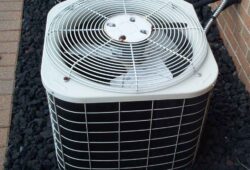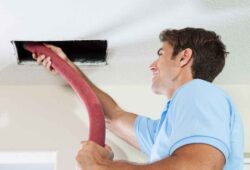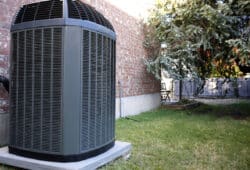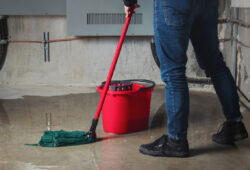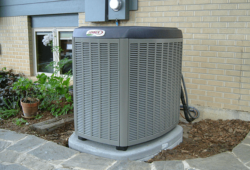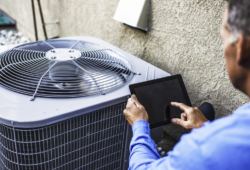Maintaining your water heater is crucial for its efficiency and longevity. One key maintenance task is flushing the water heater to remove sediment buildup. This guide will walk you through the process of how to flush a water heater, ensuring your system runs smoothly and efficiently. Whether you’re a seasoned DIYer or just learning the ropes, this guide will help you perform a successful water heater flush.
Importance of Flushing Your Water Heater
Over time, minerals and sediment from your water supply can accumulate at the bottom of your water heater tank. This buildup can reduce the efficiency of your heater, increase energy costs, and potentially damage the unit. Regularly performing a water heater flush helps remove these deposits, ensuring optimal performance.
Tools and Materials Needed
To flush your water heater, gather the following items:
- Garden hose
- Bucket
- Protective gloves
- Safety goggles
- Flathead screwdriver
- Towel or rag
Step-by-Step Guide to Flushing Your Water Heater
1. Power Down the Water Heater
For electric water heaters, switch off the power at the circuit breaker. For gas models, turn the thermostat to the “pilot” setting. This step is vital to prevent burns or electric shocks during the process.
2. Shut Off the Cold Water Supply
Locate the cold water supply valve at the top of your water heater and turn it off. This stops water from entering the tank while you flush the system.
3. Attach the Garden Hose
Connect one end of the garden hose to the drain valve at the bottom of the water heater tank. Place the other end in a bucket or direct it to an appropriate drainage area. Ensure the connection is secure to avoid leaks.
4. Open the Drain Valve
Using a flathead screwdriver, carefully open the drain valve. Let the water flow through the hose and into the bucket or drainage area. The water might be hot, so take precautions and wear protective gear.
5. Release the Pressure
To facilitate water flow, open the pressure relief valve at the top of the tank. This will release pressure inside the tank, allowing the water to drain faster.
6. Flush the System
Turn the cold water supply back on for a few minutes. This helps stir up and flush out any remaining sediment at the bottom of the tank. Continue until the water runs clear.
7. Close the Valves
Once the water is clear, close the drain valve and remove the hose. Also, close the pressure relief valve. Ensure both valves are securely closed to prevent leaks.
8. Refill the Tank
Turn the cold water supply back on and let the tank refill. Open a hot water faucet in your home to let any trapped air escape. Once the water flows steadily, turn off the faucet.
9. Restore Power or Gas
For electric water heaters, switch the power back on at the circuit breaker. For gas models, reset the thermostat to your desired temperature. Allow the heater to warm up and check for leaks around the valves.
Maintenance Tips for Your Water Heater
- Regular Flushes: Perform a water heater flush at least once a year, or more frequently if you have hard water.
- Inspect the Anode Rod: Check the anode rod annually and replace it if it’s heavily corroded to prevent tank corrosion.
- Monitor the Temperature: Keep the thermostat at 120°F to prevent scalding and reduce energy usage.
- Insulate the Tank: An insulation blanket can improve efficiency, especially if your heater is in an unheated space.
Troubleshooting Common Issues
- Slow Drainage: If water drains slowly, significant sediment buildup might be the cause. Turn the cold water supply on and off a few times to help break up the sediment.
- Leaking Drain Valve: If the drain valve leaks after flushing, it might need to be replaced.
- No Hot Water: Ensure the power or gas supply is restored and the thermostat is correctly set if you don’t get hot water after flushing.
When to Seek Professional Help
While flushing your water heater is generally a DIY task, there are times when professional assistance is necessary. If you experience persistent issues such as frequent sediment buildup, leaks, or inconsistent water temperatures, it’s best to call a professional plumber.
Call Preferred Home Services For Water Heater Maintenance
Regular maintenance, including performing a water heater flush, is key to ensuring your water heater operates efficiently and lasts longer. By following this guide on how to flush a water heater, you can keep your system in top condition. However, if you encounter any difficulties or prefer professional assistance, don’t hesitate to contact Preferred Home Services.
For all your water heater needs, from maintenance and repairs to new installations, Preferred Home Services is ready to help. Contact us today to schedule an appointment and ensure your home’s plumbing system is running smoothly!


